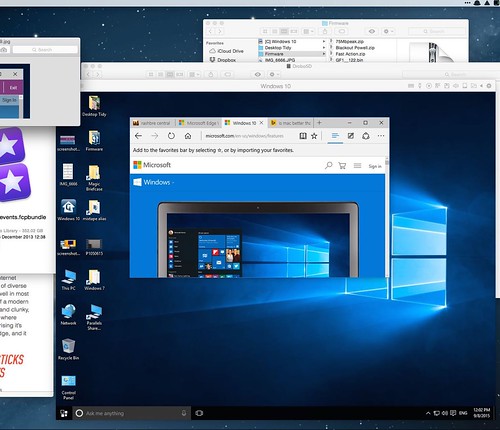
I decided to rerun (recycle?) my turbo test again. My grand plan was to add the iPad to the setup using that plastic frame thing that I'd found.
Big mistake.
I managed to get the middle generation iPad to work with the bike, communicating via ANT+. Not great because it didn't pick up my heart rate monitor and couldn't link to the virtual power readouts from Trainerroad.
It also said it wanted to recalibrate the turbo trainer. I let it run the diagnostic and it advised me to adjust the screw setting where the turbo connects to the tyre of the bike. Yes, I did this with the result that the screw/bolt thingy fully unscrewed and fell off.
Groan.
I tried refitting it in-situ, but realised I'd have to take the bike off the turbo first and turn the turbo upside down to re-secure it. Normally not a big deal, except I'd now got a rather fragile iPad attached to the handlebars.
Undo the iPad, then undo the turbo unit and refit the screw.
I decided the functionally less flexible iPad wasn't such a good idea after all and have reverted to the PC which works with everything. It was worth trying, but this is an example where an apparent simplification didn't really work.
Using the PC I can still, for example, run a Sufferfest video with Trainerroad. I can also watch a TV show, movie or listen to iTunes with Trainerroad still running. This are my two preferred modes because they are more or less immediate start. I can dial in Netflix and Amazon too, so I've a pretty wide choice of viewing.
If I really wanted to fiddle around I could let the TACX PC program control the bike and simulate gradients and terrain, with a video of the course, a Virtual Reality simulation or even a google maps display of a route. I've used these latter options in the past, but they take longer to set up, which kind of steals time from the turbo session.
As to the day's turbo cycle.
It's supposed to be the same as the one from a couple of days ago, but there's a lot more 'noise' at the start because I left the Garmin running whilst I experimented to get the turbo functional again. I noticed I'd somehow clocked up around seven miles before the start of the proper turbo session. There's a good 16 minutes of faffing around before the main session starts and then there's some spikes when I deliberately sped up across the hump back bridges in the warm up section.
Put this session down as 'mechanical difficulties'. At least I started getting the turbo working whilst there's still enough daylight to fix things outdoors.






































